Behind the Scenes: How Do You Make a Cave?
A behind-the-scenes look at building Subterranean Science: Exploring Life in the Dark
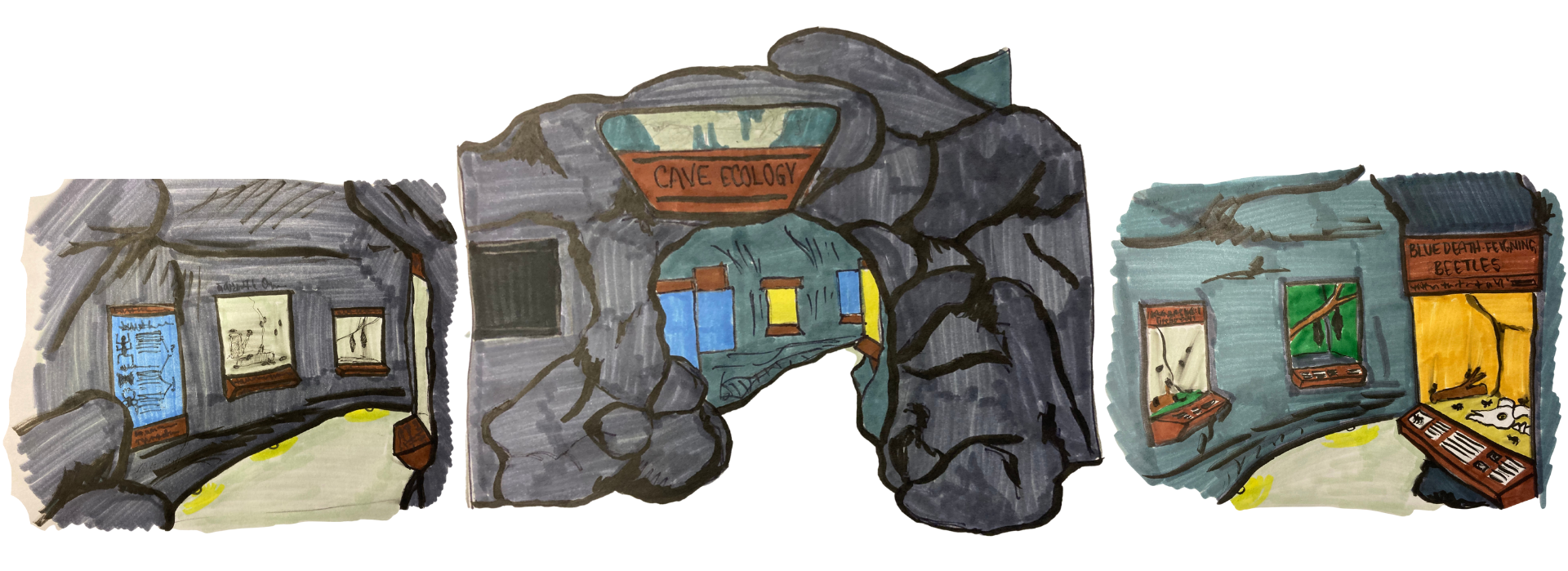
In the natural world, caves form over millions of years through geological processes including erosion, chemical reactions, volcanic activity, and tectonic shifts. But at ScienceWorks, we needed our own cave on a much shorter timeline for the new exhibit Subterranean Science: Exploring Life in the Dark.
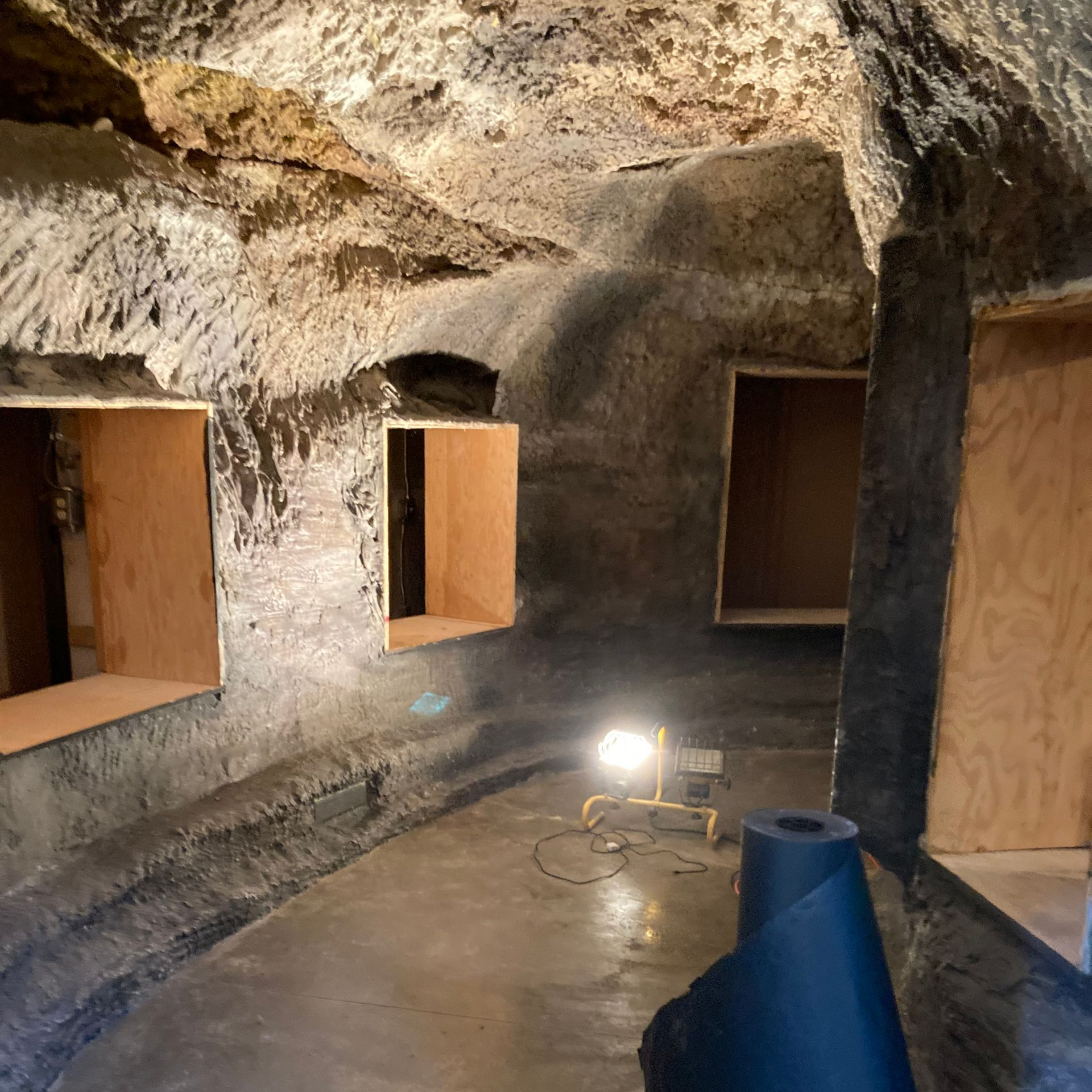
So how do you make a cave in a museum? You call in our Exhibits & Facilities Coordinator, Liz Koonce!
To create the new exhibit cases, Liz lined the inside of a wooden box with sheets of pink insulation foam, secured with silicone. She sprayed in expanding foam to add rocky textures, and carefully carved out stalactites and stalagmites with a knife. Using a soldering iron, Liz etched cracks and fissures into the foam “rock faces,” then added the finishing touch, using a heat gun to melt away the rough foam texture, revealing smoother, "water-worn" surfaces like those found on ancient stone.
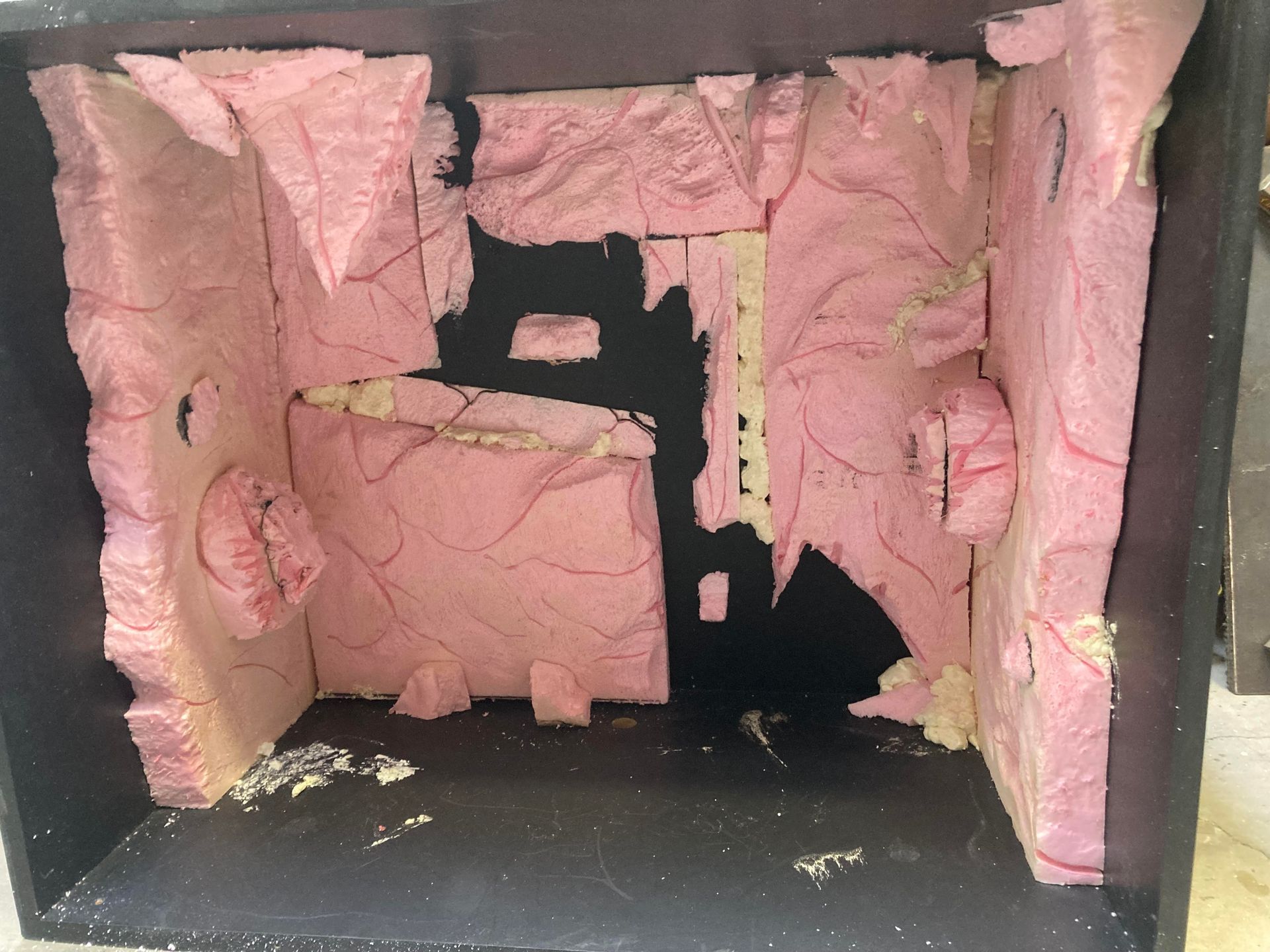
Once the structure cured, Liz coated the entire cave in latex-based concrete paint and sealant to create a durable surface.
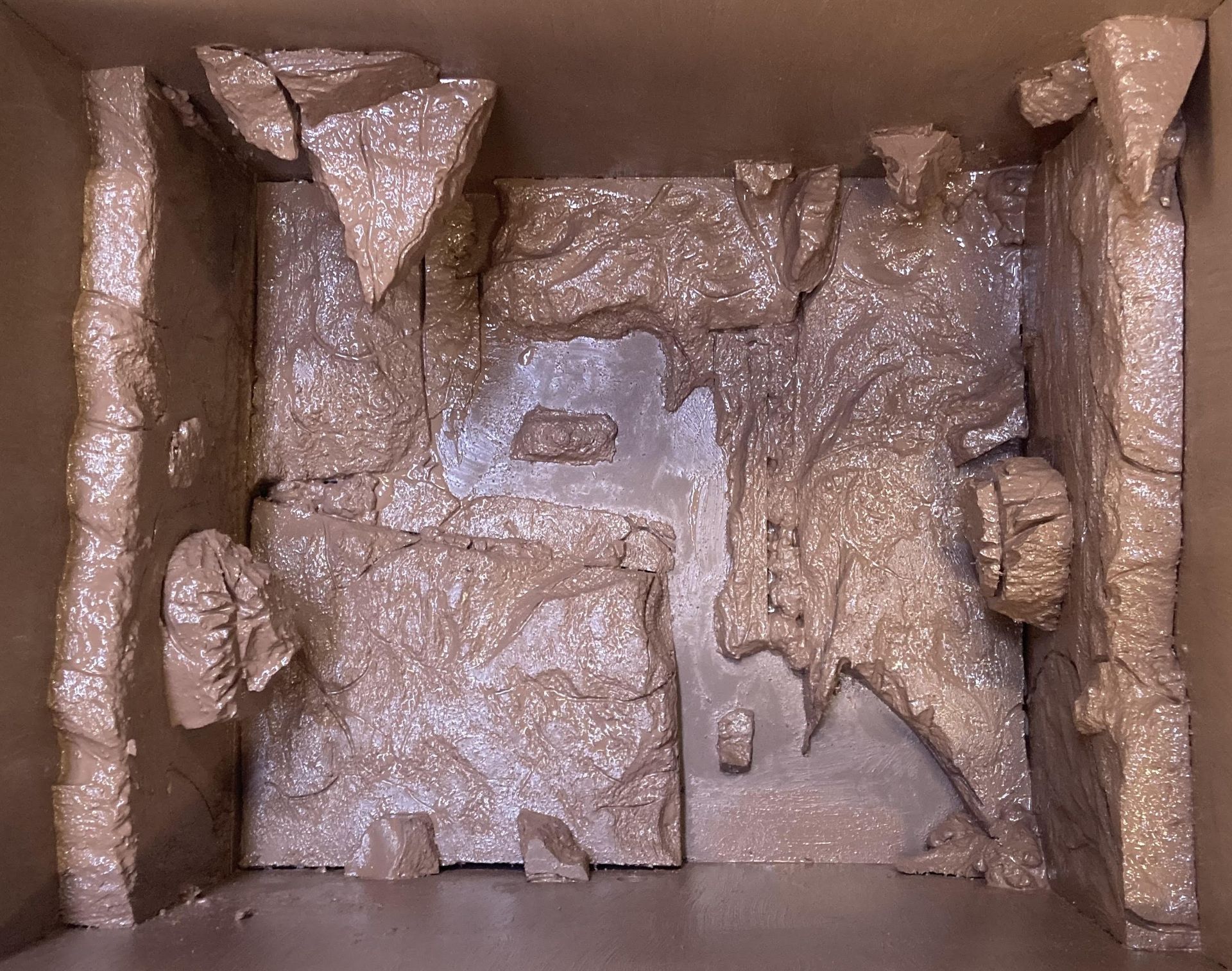
With the foundation in place, she used a dry-brush technique with concrete pigments to layer on shadows, highlights, and natural tones — transforming pink foam into something that truly looks like stone.
The final details? Moss and lichen elements, just like you’d find in a real cave system. Now this handmade cavern is ready to host its first residents: the creeping creatures of our new subterranean science exhibit.
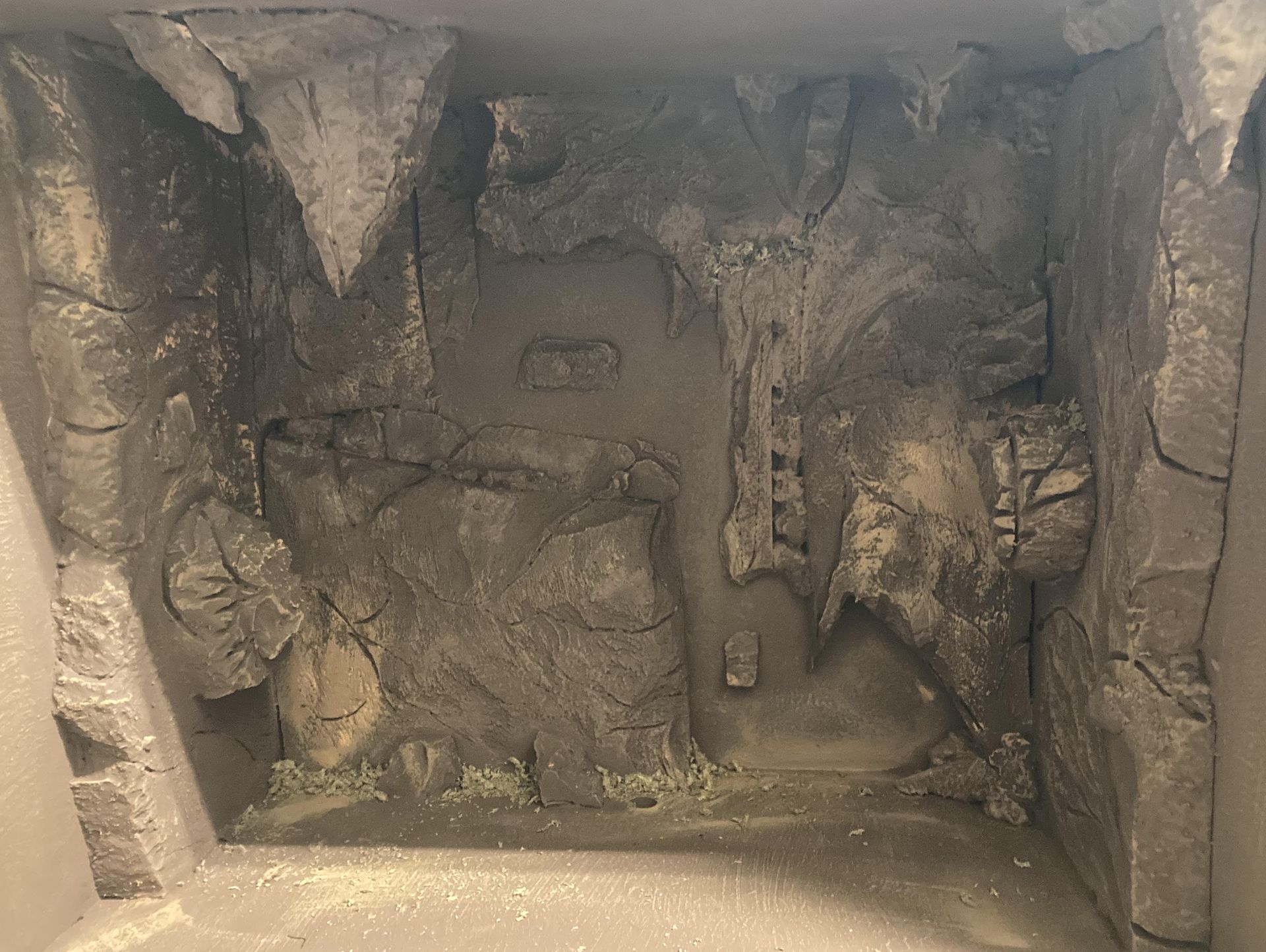
Come see Liz’s incredible work at the grand opening of Subterranean Science: Exploring Life in the Dark during Monster Ball on October 25. Step inside and discover what mysteries lurk underground!







